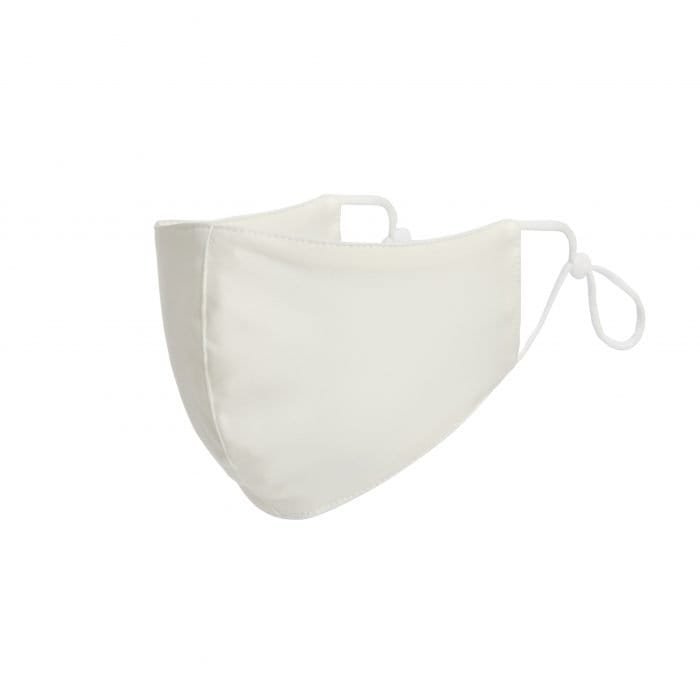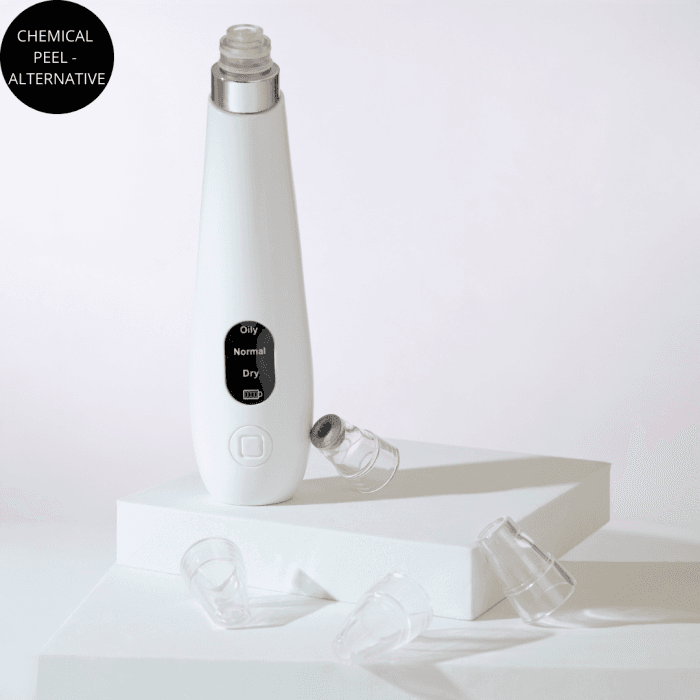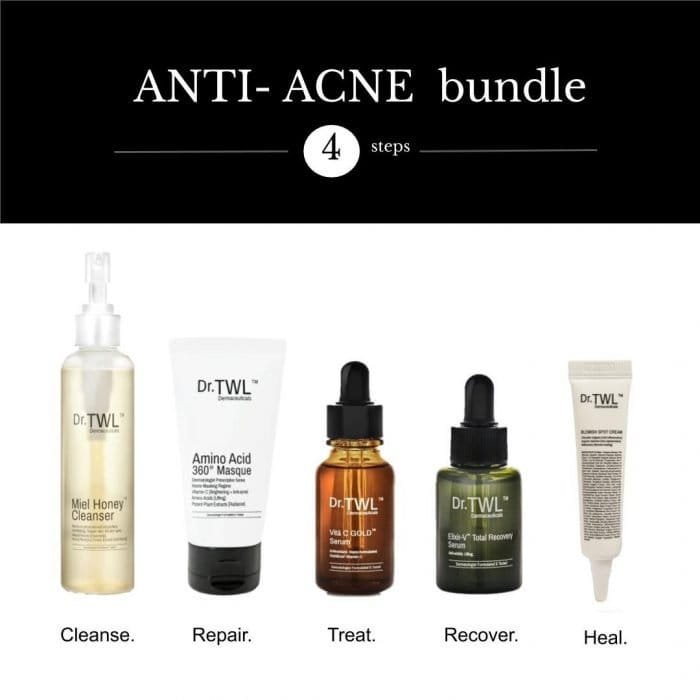3 Acne Myths Explained & Simplified by a Dermatologist
March 6, 2022A good proportion of our patients are teens and young adults, who experience changes in their skin and hair as they undergo hormonal changes associated with puberty. This is also associated with the start of pimples from which acne myths and questions arise. In this article, we explain the common acne myths, including excerpts from Acne Care Bible: Dermatologist’s Tips For Acne Treatment & Prevention by Dr. Teo Wan Lin, accredited Singapore dermatologist practising at TWL Specialist Skin & Laser Centre.

Acne Myths #1: Acne is caused by poor hygiene
Acne is not caused by poor hygiene. However, poor hygiene can exacerbate acne and trigger flare-ups in individuals who are acne-prone. This is evident in some individuals who do not wash their face yet are free of pimples. However, in an acne prone individual, they may have acne flare-ups if they do not wash their face or in outdoor camps where there is a reduction in the hygiene level.

What does this mean?
It simply means that while acne is not directly caused by poor hygiene, if you have the genetics for developing acne, it is important for you to observe good personal hygiene. This also means that you should avoid touching your face and also be conscious of objects that you’re putting in contact with your face. For example your mobile phone or your pillow case. If you are sleeping on a dirty pillowcase, it is important to understand that these can also contribute to overgrowth of bacteria and can trigger off your acne as well. There are certain types of materials that are better for acne-prone skin. An example of this would be silk and copper ion polyester.
Silk pillow cases have been used because natural mulberry silk contains antibacterial properties, besides having a soft, smooth and breathable texture. When you are lying on such a material for extended periods of time such as when you are using it as a pillowcase material, it is important that the material is breathable and smooth to reduce friction on your skin.
For my acne-prone patients, I do recommend functional textiles (these are fabrics that have additional skincare properties) such as copper ion impregnated fabrics as a pillowcase material.
Why is this so?
Copper ions have been proven to play an important role in the healing of skin. Besides, it’s also antibacterial, killing 99.9% of bacteria in contact with the material.



Acne Myths #2: Facials helps to reduce your pimples
This is amongst the very widespread acne myths because when individuals look at their pimples, they assume that it is superficial and hence they try to remove it from the “surface”.
However, as you may have learnt from the previous chapters, acne is specifically caused by inflammation from the inside – starting from the deeper layers of your skin before it appears on the surface. For facials, many of these procedures involve painful extractions which result in worse scarring, and introduction of infection which does not solve the problem. You may find that your pimples flatten because of the direct “extraction”, but you will also notice that you have to do repeated physical extractions every month because the pimples will reoccur.
Many of my patients are so surprised when they are told that such “extraction” facials are not part of acne treatment, simply because of advertising indoctrination. Are there facials that help acne-prone skin? Yes, but these are medical facials which either use microdermabrasion, chemical peels or lasers to treat the problem. Also, these are also not the core of medical acne treatment, though they may function as useful adjuncts. Remember, anything that involves extraction is bad!
I have also seen individuals who developed rare infections i.e. facial viral warts from microbes that contaminates the instruments used in facials. This is because in facial parlours, instruments are not autoclaved. While it may be a new needle, it might not get rid of environmental bacteria such as mycobacteria which is present in tap water. When you are making a puncture in your skin, you are also introducing this bacteria into your skin.
What should you do?
If you suffer from mainly whiteheads and blackheads, then chemical peels which are reliant on using fruit acids i.e. alpha hydroxy acids, milk acids such as lactic acid will help to regulate the epidermal cell turnover, ensuring a healthy skin cycle. This reduces the number of dead skin cells. A way to think about it is, in individuals who struggle with acne, the retained skin cells act as “food” for acne bacteria to work on.
Vacuum-assisted microdermabrasion is also a better technique than extraction. Such procedures are known as medi-facials. My patients use a home microdermabrasion device known as the Silkpeel for spot-on acne treatment as the gentle suction prevents any trauma to the skin while assisting the acne bump to be extruded from the surface.

Acne Myths #3: Acne can never be cured. You can only wait it out as your acne clears when you’re older.
These types of acne myths are certainly untrue. Why do I say that? Firstly, if you do wait for your acne to disappear according to these acne myths, there are two possible outcomes. The first outcome being it may never disappear at all. There are many individuals who continue having acne way into adulthood.
The second scenario is much more common – it does disappear but only as one enters the age range of 18 to 21 years, that’s when one’s hormones stabilise. But in the six to seven years of having active acne, the individual would have developed moderate to severe scarring. This scarring is responsible for the ice pick and boxcar type of acne scars that you may see on certain individuals.
Dermatologists always treat acne because of the great psychosocial impact it has on the individual. During one’s teenage years, it is a complex development process on one’s emotional, physical and mental well-being.
Teenagers start to develop sexual attraction and awareness during this period thus they become more conscious of their physical appearance. This means that an individual who suffers from acne as a teenager may have deeper emotional scars compared to an individual who only develops acne later on in adulthood. We should never trivialise acne with acne myths in a teenager as we understand the great psychosocial impact it has on the sufferer.
Tags: ~All Topics, Acne, Dermatology, SkincareCategories: Uncategorized

